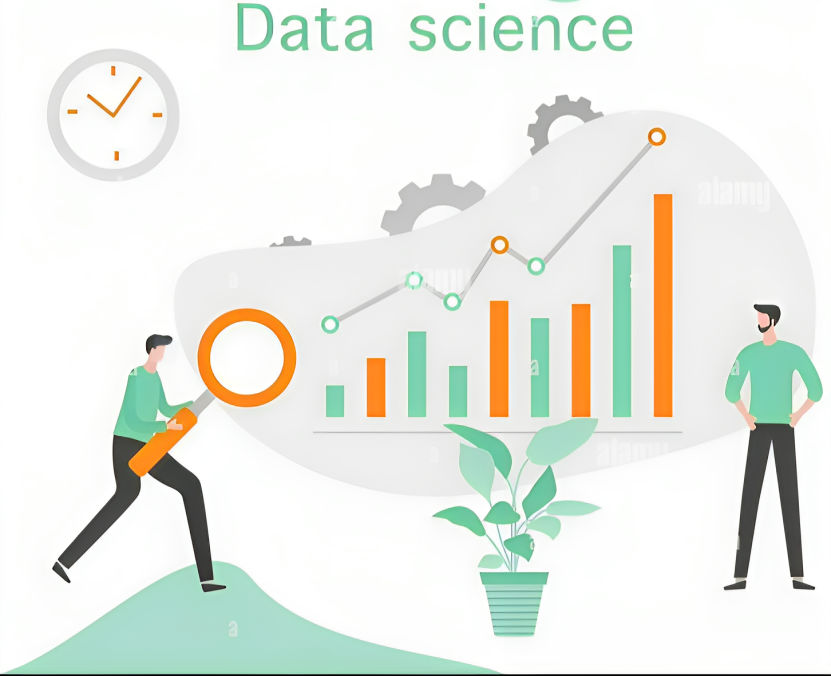STRATEGY

BRAND STRATEGY
Brand strategy is an integral component of business success, as it provides a roadmap for the development and growth of a company's brand. It is a well-thought-out plan that outlines the company's vision, values, and goals and lays the foundation for all branding efforts. A strong brand strategy can influence all aspects of a business and align them with the needs and expectations of the target audience.
The first step in creating a brand strategy is to define the company's objectives. This includes setting long-term goals and identifying the target audience, as well as understanding their needs, values, and preferences. This information will be used to develop a unique and compelling brand personality that resonates with the target audience and differentiates the company from its competitors.
In addition to the visual and messaging elements, a brand strategy should also outline the strategies for building and maintaining brand awareness and loyalty. This may include a mix of traditional and digital marketing efforts, public relations, and customer engagement activities.
Finally, it's important to continually monitor and evaluate the brand strategy to ensure that it is aligned with the company's objectives and the needs of the target audience. Regular reviews can help to identify areas for improvement and allow for adjustments to be made in order to keep the brand strategy on track and deliver the desired results.
DIGITAL TRANSFORMATION
Digital transformation is a crucial process integrating digital technology across businesses to enhance operations and customer value. As a social shift, it demands continual self-challenge, experimentation, and acceptance of failure. Its core objective is to revolutionize business operations for the digital era. In this age, consumer behavior demands robust digital presence, personalized experiences, and seamless service delivery. Digital transformation meets these expectations by optimizing processes and operations using technology. Notably, it enhances efficiency by automating tasks, saving time, cutting costs, and potentially boosting productivity and customer service. Effective data management becomes imperative due to the vast data influx, necessitating adept storage, analysis, and utilization for informed decision-making. Agility and flexibility are essential, urging a culture open to change, innovation, and swift response to market shifts. Ultimately, successful digital transformation requires a clear strategic vision, commitment from leaders, and the provision of necessary resources to realize organizational goals.

PEOPLE DATA SCIENCE
People Data Science is pivotal for modern businesses, aiding in informed decision-making about the workforce. By gathering, analyzing, and utilizing employee data, organizations gain insights into performance, engagement, and potential, influencing business decisions and enhancing efficiency. This practice extends across HR functions like recruitment, talent, performance management, and engagement, offering insights into refining recruitment strategies, boosting productivity, and fostering a conducive work environment. Its scope isn't confined to HR but extends to marketing, finance, and operations, enabling improvements in customer service, sales strategies, and overall business performance. This multidisciplinary field demands technical prowess, analytical acumen, and business understanding, yielding benefits like efficiency, sound decisions, and improved performance.
CONSUMER INSIGHTS
Consumer Insights are essential in marketing and product development. They involve analyzing consumer patterns and behaviors to understand their needs, wants, and expectations. Companies can then customize their offerings to meet market demands, leading to higher sales and customer satisfaction. Obtaining consumer insights can be achieved through surveys, focus groups, and customer feedback. Listening to consumers' experiences provides valuable information on strengths, areas for improvement, and market needs. Additionally, consumer insights facilitate the creation of products and services better suited to market requirements. For instance, if customers prioritize sustainability, companies can develop environmentally friendly options. Likewise, if customers desire convenience, user-friendly products can be designed accordingly.
Moreover, consumer insights offer vital information on customer behavior and preferences, aiding in the development of effective marketing strategies. Understanding customer motivations and purchasing drivers allows companies to tailor marketing messages and promotions to reach the right audience, ultimately increasing conversions.
Consumer insights significantly impact product success, enhancing customer experiences and driving company growth. By continuously gathering and analyzing these insights, companies can stay competitive, keeping up with evolving market needs. Increased sales, customer satisfaction, and overall success can be achieved through understanding and responding to customer needs and behaviors.
User Journey
The user journey is a critical aspect of website design and development as it helps to identify the potential pain points and challenges faced by users as they navigate through the site. It also provides valuable insights into the users' motivations, expectations, and behaviors, which can be leveraged to create a more user-friendly and engaging experience.
To map out a user journey, designers start by researching the target audience, their objectives, and the goals they are trying to achieve on the site. Based on this information, a series of personas are created, each representing a specific user segment and their needs, motivations, and goals. The journey map then takes the form of a flowchart or diagram that outlines each step a user takes from landing on the site to reaching their final destination.
This process helps designers to identify areas where the user experience can be improved and to make decisions on the content, navigation, and design that will best support the user's journey. It also provides an opportunity to test and validate assumptions about the user's behavior and to refine the user journey accordingly.
One of the key benefits of the user journey is that it helps to create a consistent and seamless experience across all pages and screens. This can greatly enhance the user's overall experience and increase the likelihood of them accomplishing their objectives.
A user journey is a powerful tool for designing and developing effective websites that meet the needs of users. By mapping out the user's journey, designers can identify and address potential challenges, create a more engaging and user-friendly experience, and increase the chances of users successfully accomplishing their objectives.
FAQ's
A brand strategy is the comprehensive plan that guides how a brand establishes recognition and positive sentiment among customers and potential customers. It incorporates various brand elements such as voice, storytelling, brand identity, values, and overall vibe. If your brand is the public face of your business, the branding strategy serves as the underlying framework that supports and shapes how your business is presented to the world.
Digital transformation in marketing involves leveraging the capabilities of the digital landscape to enhance the overall business model. It encompasses the continual evolution of various aspects, including the products or services offered, customer interactions, and operational processes. In essence, it is about using technology to propel and advance all facets of the marketing enterprise.
Here’s how you can build a brand strategy:
- Identify your target audience
- Establish a unique position in the market
- Craft a compelling message
- Develop an engaging visual identity
- Use technology to reach your audience
- Analyze and refine your strategy regularly
A user journey represents the route a user might follow to achieve their goal while navigating a specific website. In web design, user journeys play a crucial role in identifying and optimizing various pathways to enable users to reach their objectives swiftly and effortlessly. The goal is to enhance the overall user experience by streamlining the process and ensuring a user-friendly and efficient interaction with the website.





